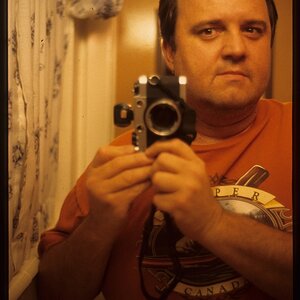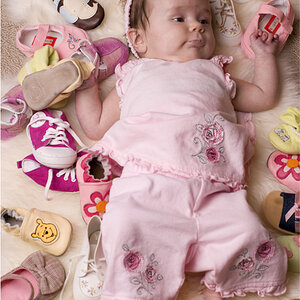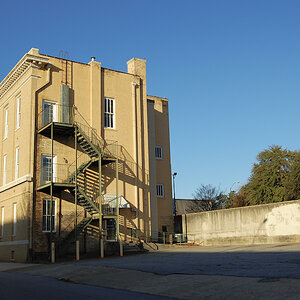rhyno214
TPF Noob!
- Joined
- May 11, 2016
- Messages
- 17
- Reaction score
- 0
- Can others edit my Photos
- Photos OK to edit
Hello all,
I have really been wanting to improve my kit a little and really need some help.
I will have about $900 to spend and am looking to get some really good glass (good for that price range at least). My current kit: D7100, Nikon 35mm 1.8 (DX), and Tokina 100mm Micro, and a cheap Nikon 55-200.
I usually just shoot whatever I can, be it people, things, landscapes, or what have you. However, I am trying to get into taking portraits and senior pictures. I have had some people already ask me to take their pictures and they have been happy with what I have produced and I have a ton of fun doing it.
My question to you is what would be a really good next step in lenses? I plan to upgrade to a full frame at some point when I have the money, but that is a ways away. The lenses that I have been looking at have been the Sigma 35mm 1.4 Art (I love my 35mm and use it constantly), Nikon 85mm 1.8G, Tamron 24-70, and Tamron 70-200. The Tamrons are usually out of my price range, but I found a great deal that makes them possible for me to purchase.
My 100mm Tokina works really well for portraits and headshots, but I feel limited when I need to reach out far for sports. The 55-200 I have is better, but its really slow for anything not in the day. The 35mm is constantly in use inside because of its speed, but it is not the greatest quality and was purchased second hand (has some artifacts in the lens). Do you find the 35mm to be a really useful length on a crop sensor for people shots? I love the idea of really investing in a professional quality 35mm unless my money would be better spend elsewhere.
I hope all of that made sense and I can't wait to hear your suggestions!
Thanks!
I have really been wanting to improve my kit a little and really need some help.
I will have about $900 to spend and am looking to get some really good glass (good for that price range at least). My current kit: D7100, Nikon 35mm 1.8 (DX), and Tokina 100mm Micro, and a cheap Nikon 55-200.
I usually just shoot whatever I can, be it people, things, landscapes, or what have you. However, I am trying to get into taking portraits and senior pictures. I have had some people already ask me to take their pictures and they have been happy with what I have produced and I have a ton of fun doing it.
My question to you is what would be a really good next step in lenses? I plan to upgrade to a full frame at some point when I have the money, but that is a ways away. The lenses that I have been looking at have been the Sigma 35mm 1.4 Art (I love my 35mm and use it constantly), Nikon 85mm 1.8G, Tamron 24-70, and Tamron 70-200. The Tamrons are usually out of my price range, but I found a great deal that makes them possible for me to purchase.
My 100mm Tokina works really well for portraits and headshots, but I feel limited when I need to reach out far for sports. The 55-200 I have is better, but its really slow for anything not in the day. The 35mm is constantly in use inside because of its speed, but it is not the greatest quality and was purchased second hand (has some artifacts in the lens). Do you find the 35mm to be a really useful length on a crop sensor for people shots? I love the idea of really investing in a professional quality 35mm unless my money would be better spend elsewhere.
I hope all of that made sense and I can't wait to hear your suggestions!
Thanks!


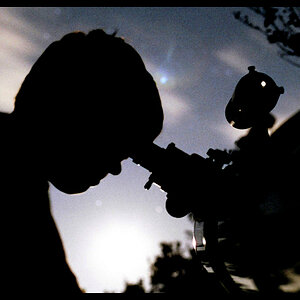
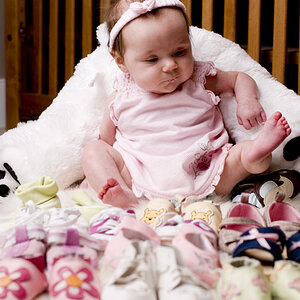
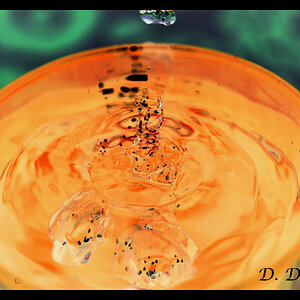
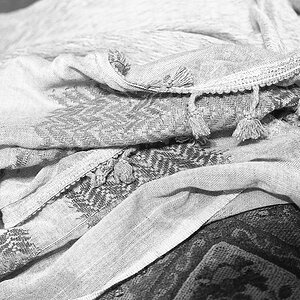
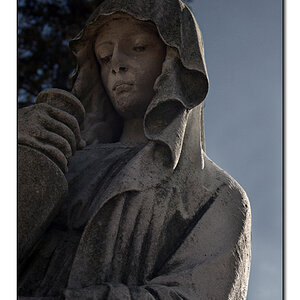
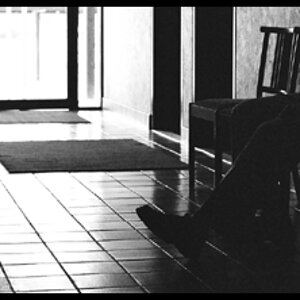
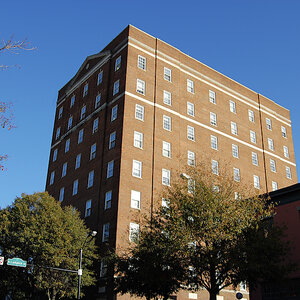
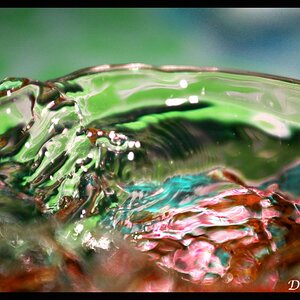
![[No title]](/data/xfmg/thumbnail/40/40288-4d5d7a8aa74ddfceb5fb82062d9b21be.jpg?1619739409)
